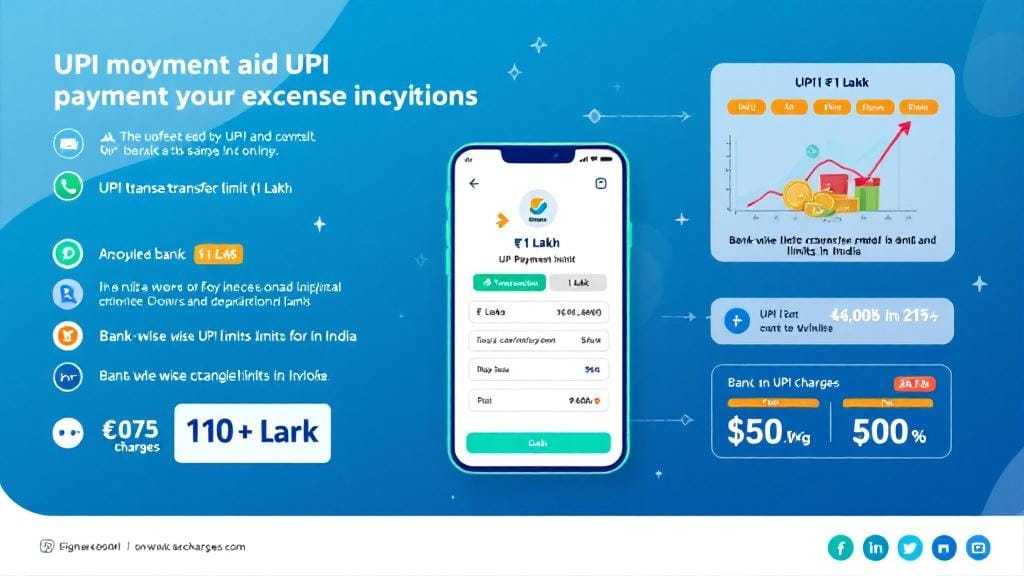Forex scalping is one of the most popular and fast-paced methods of trading in the foreign exchange (forex) market. Traders who specialize in scalping aim to make profits from small price movements within very short time frames. While this technique can be highly profitable, it requires deep knowledge, a quick reaction time, and the right tools to succeed. In this guide, we’ll explore forex scalping strategies, tips, and the best tools to help you navigate the world of fast-paced, short-term trading.
What is Currency scalping?
Currency scalping refers to the strategy of making multiple trades in a single day, aiming to profit from small price changes. These trades can last anywhere from a few seconds to a few minutes. The goal is to accumulate small, consistent gains by entering and exiting the market quickly.
Scalping requires high-frequency trading, where traders make dozens or even hundreds of trades a day. Unlike long-term trading strategies, scalping relies on quick execution, technical analysis, and short-term forex market volatility. To succeed, scalpers need the right mindset, fast decision-making skills, and advanced tools.
Characteristics of Forex Scalping
Short Time Frames: Scalpers often use charts with very short time intervals, such as 1-minute or 5-minute charts.
High Frequency: Scalping involves making numerous trades throughout the day.
Small Profits: Each trade targets a small profit, often just a few pips.
High Leverage: Scalpers typically use leverage to amplify their small profits.
Low Spreads: Scalpers rely on tight spreads to minimize transaction costs.
Best Forex Scalping Techniques
1. Momentum Scalping
Momentum scalping involves identifying strong trends and riding the momentum to make quick profits. This strategy is highly effective in volatile markets where prices move in one direction for a short period. Traders often use indicators like the Moving Average Convergence Divergence (MACD) or Relative Strength Index (RSI) to identify overbought or oversold conditions, which could signal a reversal or continuation of the trend.
Example: If the MACD shows a bullish crossover and the RSI is below 30 (indicating an oversold condition), a scalper might enter a buy position, expecting the price to increase rapidly.
2. Range Trading Scalping
Range trading scalping is useful when the forex market is in consolidation or moving sideways. In such conditions, currency pairs typically move within a defined range. Scalpers can enter trades at the support or resistance levels of the range, betting on the price to bounce back within the range.
Example: A scalper might buy when the price hits the support level and sell when it hits the resistance level, aiming to profit from these predictable fluctuations.
3. Breakout Scalping
Breakout scalping focuses on trading after a price breaks out of a predefined range or chart pattern. Traders typically enter the market as soon as the price breaks above a resistance or below a support level. The idea is to catch a quick price movement as it breaks free from a consolidation phase.
Example: When the price breaks through a key resistance level, a trader might quickly enter a long position, anticipating a sharp move upward.
4. Scalping with Moving Averages
Moving averages are some of the most commonly used tools in forex scalping. The Exponential Moving Average (EMA) is particularly popular because it gives more weight to recent price movements, making it more responsive to short-term changes. Scalpers often use the 5-period and 10-period EMAs to capture short-term trends.
Example: A common strategy is to buy when the price crosses above the 5-period EMA and sell when it crosses below. This technique works well in trending markets.
Currency scalping Indicators
To be successful at Currency scalping, traders rely heavily on technical indicators to identify potential entry and exit points. Here are some of the best forex scalping indicators:
1. Relative Strength Index (RSI)
The RSI is a momentum oscillator that helps determine whether a currency pair is overbought or oversold. When the RSI crosses above 70, it signals that the market may be overbought, and when it crosses below 30, it indicates that the market may be oversold.
Best Use: Use the RSI to spot reversals or to confirm trend strength. Scalpers often enter trades when the RSI hits overbought or oversold levels.
2. Moving Average Convergence Divergence (MACD)
The MACD is one of the most widely used trend-following indicators. It helps identify shifts in momentum by comparing the relationship between two moving averages (the 12-period and 26-period EMAs).
Best Use: Look for MACD crossovers (bullish or bearish) and divergences to predict potential price movements.
3. Bollinger Bands
Bollinger Bands are another popular tool in forex scalping. They consist of a middle band (the moving average) and two outer bands (standard deviations). When the price moves outside the bands, it indicates increased volatility, signaling a potential breakout.
Best Use: Scalpers often use Bollinger Bands to spot volatility and make quick trades as the price breaks out of the bands.
4. Stochastic Oscillator
The Stochastic Oscillator helps identify overbought and oversold conditions by comparing the closing price to the price range over a specific period. It ranges from 0 to 100, with values above 80 indicating overbought conditions and values below 20 signaling oversold conditions.
Best Use: Use the Stochastic Oscillator to confirm buy or sell signals generated by other indicators.
Scalping in Forex Trading: Tips for Success
1. Use Tight Spreads
Spreads are the difference between the buy and sell prices in the forex market. Scalpers rely on tight spreads to minimize the cost of entering and exiting trades quickly. Make sure to choose a forex broker that offers low spreads for scalping strategies.
2. Trade with High Liquidity
High liquidity ensures that orders are filled quickly, reducing slippage (the difference between the expected price and the actual price). Major currency pairs like EUR/USD, GBP/USD, and USD/JPY have high liquidity and are ideal for scalping.
3. Master the Psychology of Scalping
Forex scalping requires quick decisions, so it’s crucial to manage emotions. Avoid being overly greedy or afraid of losing small amounts of money. Successful scalpers stay calm, focused, and disciplined in their approach.
4. Choose the Best Time for Currency scalping
Timing is everything in Currency scalping. Scalping works best during periods of high market volatility, such as during the opening hours of the London and New York trading sessions. These periods offer the most significant price movements and liquidity.
5. Utilize Advanced Trading Platforms
The right forex trading platform can make a significant difference when scalping. Platforms with fast execution speeds, low spreads, and advanced charting tools are essential for success in high-frequency trading.
Best Forex Trading Platforms for Scalping
MetaTrader 4 (MT4): One of the most popular platforms for forex scalping, MT4 offers advanced charting tools, expert advisors (EAs), and a user-friendly interface.
MetaTrader 5 (MT5): An upgraded version of MT4 with additional features like more timeframes and enhanced order types.
cTrader: Known for its fast execution and sophisticated charting tools, cTrader is a favorite among scalpers.
NinjaTrader: Best for traders who need high-frequency execution and extensive market analysis tools.
FAQs About Currency scalping
1. What is the best time for Currency scalping?
The best time for Currency scalping is during periods of high liquidity and volatility, such as the London and New York trading sessions. This provides the best opportunity for quick price movements.
2. How do I choose the best forex scalping strategy?
The best strategy depends on market conditions. Momentum scalping works well in trending markets, while range trading is effective in sideways markets. Breakout scalping is ideal when the market is ready for a price explosion.
3. Can I use scalping strategies in all currency pairs?
While you can use scalping strategies on any currency pair, it’s best to focus on major pairs like EUR/USD, GBP/USD, and USD/JPY, as they offer high liquidity and tight spreads.
4. What is the role of moving averages in forex scalping?
Moving averages help identify short-term trends. Scalpers often use the 5-period and 10-period EMAs to spot potential entry points when the price crosses these moving averages.
5. Is Currency scalping suitable for beginners?
Currency scalping can be challenging for beginners, as it requires quick decision-making and a solid understanding of technical analysis. However, with practice and discipline, beginners can become proficient in scalping.
6. How can I manage risk while scalping?
To manage risk, scalpers should use stop-loss orders, avoid over-leveraging, and only trade in high-probability setups. Proper risk management is essential to long-term success.








Comments (0)